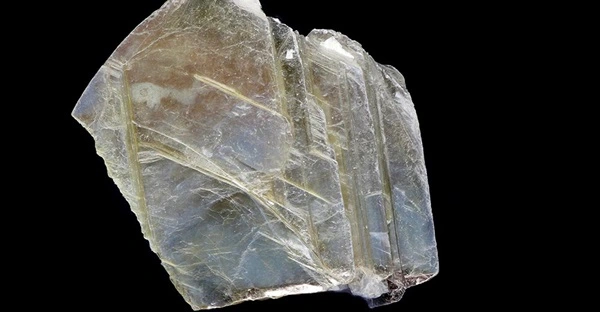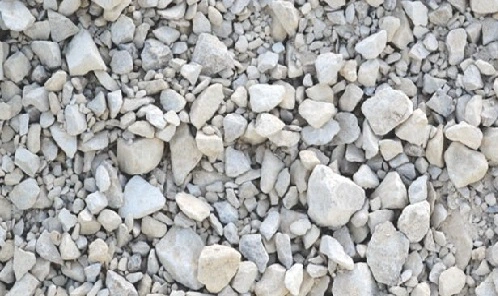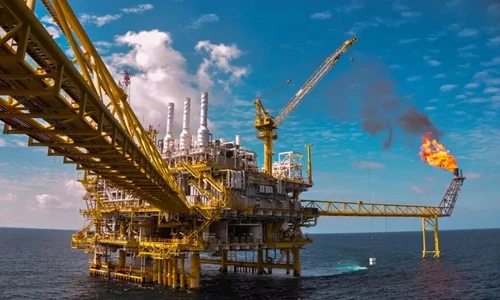Mica glares in the vast tapestry of India’s mineral wealth as one of the most versatile and sought-after resources. Mica has a significant place both in domestic and international markets, being used by many industries, such as electronics and cosmetics. The Indian government is bringing several policies which will be helpful for the states in smooth operation In 2024, we can examine the top five highest mica-producing states in India with intense scrutiny, revealing what they are contributing to this vibrant industry.

1. Andhra Pradesh
Andhra Pradesh shines in the mica sector at the southernmost tip of India. Nellore and Prakasam are regions known for high production levels of mica-rich belts in Andhra Pradesh. Therefore, the Mica Industry in Andhra Pradesh has been promoted to the national stage through proactive sustainable practices and technological advancements.
2. Bihar
Following close on, Bihar makes its entry into the mica landscape of India as another key player. Boasting areas such as Munger and Nawada with large deposits, Bihar has seen a steady increase in mica production in recent years. The state’s regulatory framework for mining and exploration activities has had a major impact on increasing the amount of mica produced in this area. Moreover, Bihar stands out as a strategic place and has good access to transport networks, which increases its attractiveness as a hub for producing mica.
3. Jharkhand
Jharkhand leads the nation as India’s premier state for mica production, among other competitors. Nestled by its rich reserves, including Koderma, Giridih, Hazaribagh, etc., Jharkhand has always been touted as a powerhouse for producing mica. The state continues to control much of the mica industry due to geologically favorable conditions coupled with strong mining infrastructure across its length and breadth.
4. Rajasthan
Rajasthan the largest state of India, comes out strongly regarding mineral diversity, thus making it one of the players with high potential in mica production. Mica reserves in Rajasthan may not match those found in Jharkhand or Bihar. However, Ajmer, Bhilwara, and Jaipur mining activities significantly contribute to overall Indian mica output. Rajasthan’s efforts to upgrade its mining infrastructure and create an enabling legal environment for mining businesses have made it more competitive in the industry, making it one of the major contributors of mica among all states in India.
5. Telangana
Finally, Telangana is a major contributor to India’s mica output list. Telangana has now become an integral part of India’s mica supply chain, with reserves located mainly in counties such as Khammam and Nalgonda. Growing efficiency in mining processes alongside maintaining a favorable investment climate has facilitated this rise of the state within the country’s mica industry. Additionally, Telangana has entered into strategic partnerships with research institutions and industrial stakeholders, offering potential sustainability for the fruits yet to be harvested from its mines.
Conclusion
India’s main mica-producing states are Jharkhand, Bihar, Rajasthan, Andhra Pradesh and Telangana. As the leading states in producing this mineral resource, they have been integral to the growth and development of the Indian mica industry. These states act as benchmarks of excellence amid a complex global minerals marketplace that demonstrates India’s unwavering commitment to using its mineral wealth for the good of all citizens.
FAQs
Q1: What accounts for the large amounts of mica produced in these states?
Ans: The foremost mica-producing states in India have a mix of interrelated factors, such as abundant geophysical reserves, a well-established mining environment, favorable infrastructure, and progressive legislation. Besides, deliberate investments in exploration and technological innovations are vital in boosting these areas’ mica production.
Q2: How does economic growth occur with mica used by these States?
Ans: Mica mining and associated industries help these economies by creating jobs, driving industrialization, and contributing to government finances through related taxes and royalties, among other things. Moreover, exports of this mineral also support foreign exchange inflows, thus making the regions more economically robust.
Q3: Is there any concern about potential environmental damages from mica mining in these states?
Ans: Mica mining is beneficial economically, but it also creates some ecological issues, including habitat degradation, erosion, and water contamination. In response to this, there is an increasing trend among regulatory bodies and companies involved in mining to embrace sustainable mining methods and restoration measures with an emphasis on environmental protection.
Q4: How can ethical and responsible mining practices be ensured in these states with the mica industry?
Ans: States recognize the importance of ethical mining and, hence, have put in place regulatory frameworks to promote responsible mining, uphold labor rights, and counter child labor issues and unsafe working conditions; this is accompanied by initiatives from within the industry, certification programs, and partnerships with NGOs that aid in facilitating ethical sourcing of mica.
Q5: What measures are being taken to encourage value addition and downstream industries in the mica sector?
Ans: To fully unlock the potential of the mica sector, these states are concentrating on promoting value addition and downstream industries such as the processing of micas, manufacturing products made out of mica, and research on related technologies. This not only adds value to raw materials but also creates more jobs and stimulates economic growth in the country.
Related Topics
- Top 5 Silver Producing States In India
- Top 5 Copper Producing States In India
- Top 5 Iron Ore Producing States in India
- Top 5 Bauxite Producing States In India

